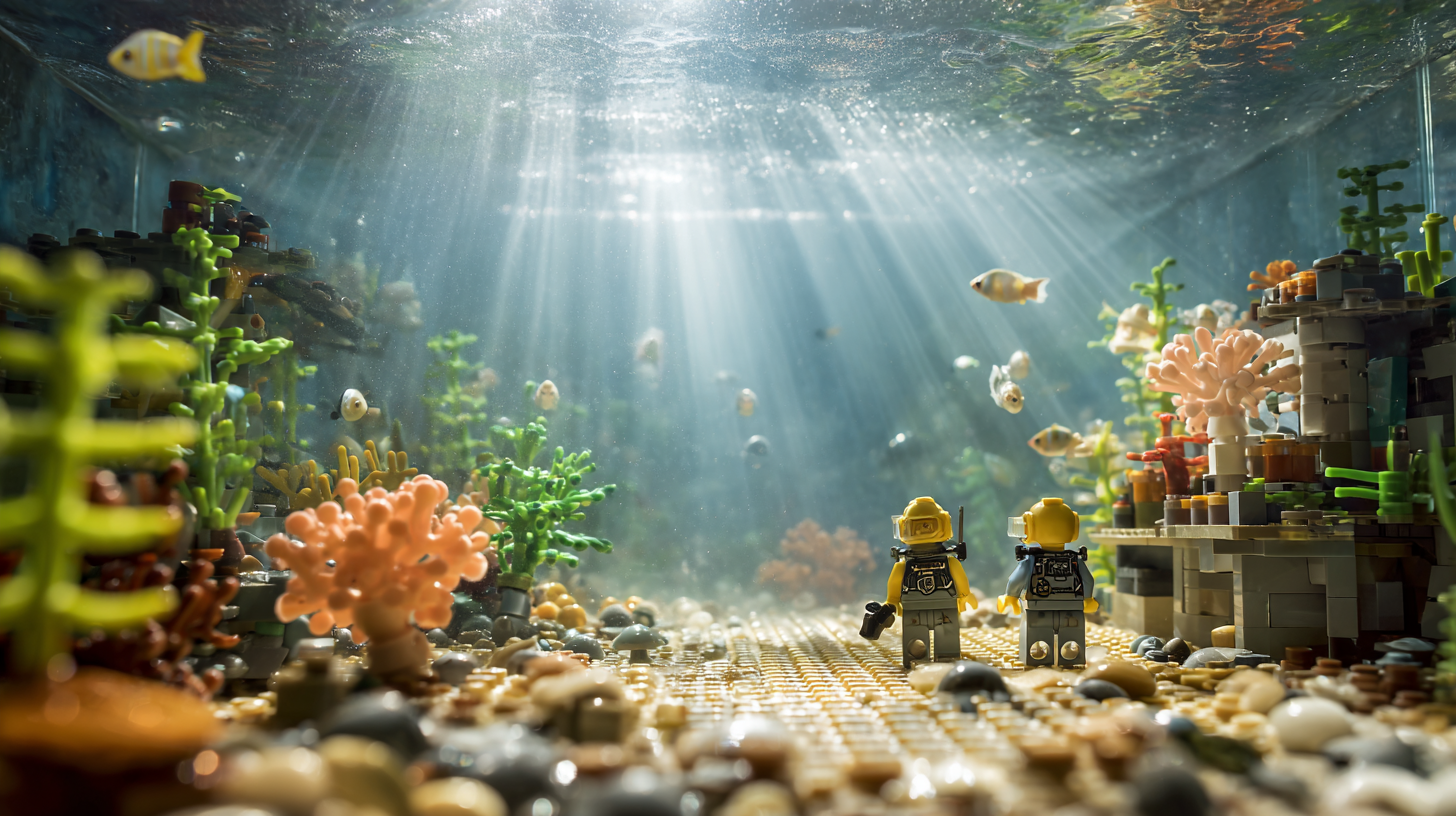
Submerged Minifigs Aquascape Scenes: Easy Fish-Tank Makeover on a Budget
Picture your standard ten-gallon tank. Gravel, a plastic castle, maybe a lone betta patrolling the glass. Nothing wrong with it, but nothing to spark conversation
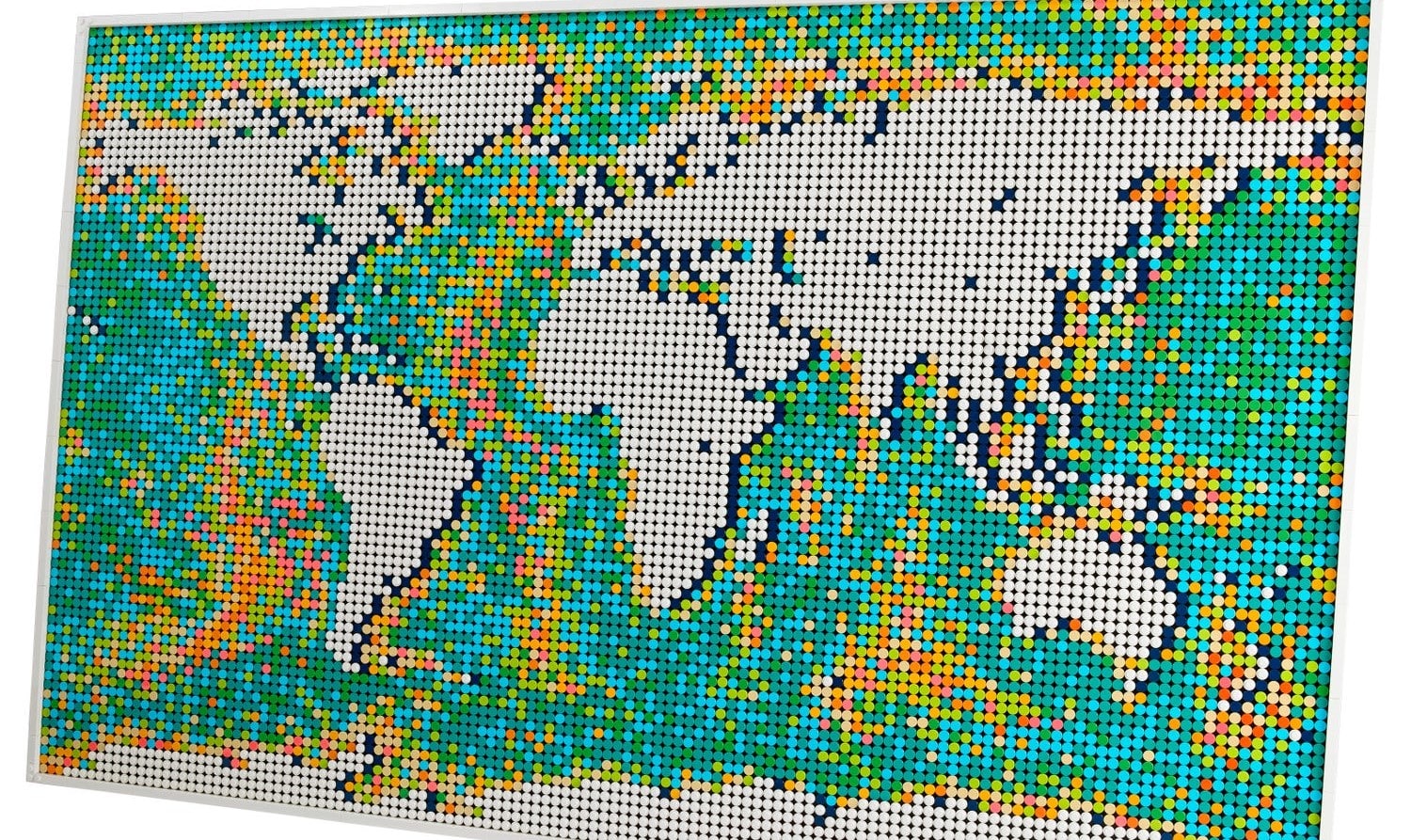
LEGO, the world-renowned toy manufacturer, is committed to sustainable practices and initiatives that help to protect the environment. As one of the largest toy companies in the world, LEGO recognizes its responsibility to reduce its environmental impact and has implemented various strategies to achieve this goal. In this article, we will explore some of LEGO’s sustainable practices and initiatives.
LEGO has made a significant commitment to using sustainable materials in its products. In 2018, LEGO announced its goal to use sustainable materials in all of its core products and packaging by 2030. To achieve this, LEGO is investing in research and development of new sustainable materials and working with suppliers to find sustainable alternatives to traditional materials.
One example of a sustainable material that LEGO uses is plant-based polyethylene. This material is made from sugarcane and is used in the production of LEGO pieces such as trees, bushes, and leaves. By using plant-based polyethylene, LEGO is reducing its reliance on fossil fuels and decreasing its carbon footprint.
LEGO is also committed to reducing its energy consumption and increasing energy efficiency in its manufacturing and distribution processes. The company has set a target to use 100% renewable energy in its operations by 2030. To achieve this, LEGO has invested in renewable energy sources such as wind power and has installed solar panels on the roofs of its factories.
In addition, LEGO is continually improving its manufacturing processes to reduce energy consumption. The company has implemented energy-saving measures such as LED lighting and efficient heating and cooling systems in its factories.
Recycling is a key component of LEGO’s sustainability strategy. The company has implemented a program called “LEGO Replay,” which encourages customers to donate their used LEGO bricks to be cleaned and redistributed to children’s charities. This not only reduces waste but also provides children in need with access to LEGO toys.
In addition, LEGO is committed to reducing the amount of waste generated during its manufacturing processes. The company has implemented a closed-loop recycling system in which excess plastic is recycled and reused in the production of new LEGO pieces.

LEGO is also taking steps to reduce the environmental impact of its packaging. The company has set a goal to reduce packaging waste by 2025 by using sustainable materials and minimizing packaging size. LEGO has also implemented a program called “Forest Stewardship Council” (FSC) in which the company sources paper and cardboard from sustainably managed forests.
Finally, LEGO is committed to promoting sustainability within its community. The company has partnered with organizations such as the World Wildlife Fund (WWF) to promote awareness and education about sustainability. LEGO also encourages its employees to participate in community sustainability initiatives and provides resources to support these efforts.
In conclusion, LEGO is committed to sustainability and has implemented various practices and initiatives to reduce its environmental impact. Through its use of sustainable materials, energy efficiency measures, recycling programs, sustainable packaging, and community involvement, LEGO is leading the way in promoting sustainable practices in the toy industry.
Benefits of Sustainability for LEGO
LEGO’s commitment to sustainability is not only good for the environment but also good for business. According to a 2020 study by the LEGO Group, consumers are becoming increasingly aware of environmental issues and are willing to pay more for sustainable products. By investing in sustainable practices and initiatives, LEGO is not only reducing its environmental impact but also appealing to environmentally conscious consumers.
Recognition for Sustainability Efforts
LEGO’s sustainability efforts have also been recognized by various organizations. In 2020, LEGO was ranked as the most sustainable company in the world by Corporate Knights, a Canadian media and research company. The company was praised for its commitment to sustainable materials, renewable energy, and waste reduction.
Future Goals for Sustainability
However, LEGO recognizes that sustainability is an ongoing journey, and there is still much work to be done. The company is continually looking for new ways to reduce its environmental impact and has set ambitious targets for the future. By 2025, LEGO aims to achieve zero waste in its operations and packaging and to have 100% of its materials either sustainably sourced or recycled.
In conclusion, LEGO’s sustainable practices and initiatives demonstrate the company’s commitment to reducing its environmental impact and promoting sustainability in the toy industry. Through its use of sustainable materials, energy efficiency measures, recycling programs, sustainable packaging, and community involvement, LEGO is setting an example for other companies to follow. As consumers become increasingly aware of environmental issues, companies like LEGO that invest in sustainability will be well-positioned to meet the demand for sustainable products while also doing their part to protect the planet.

Picture your standard ten-gallon tank. Gravel, a plastic castle, maybe a lone betta patrolling the glass. Nothing wrong with it, but nothing to spark conversation
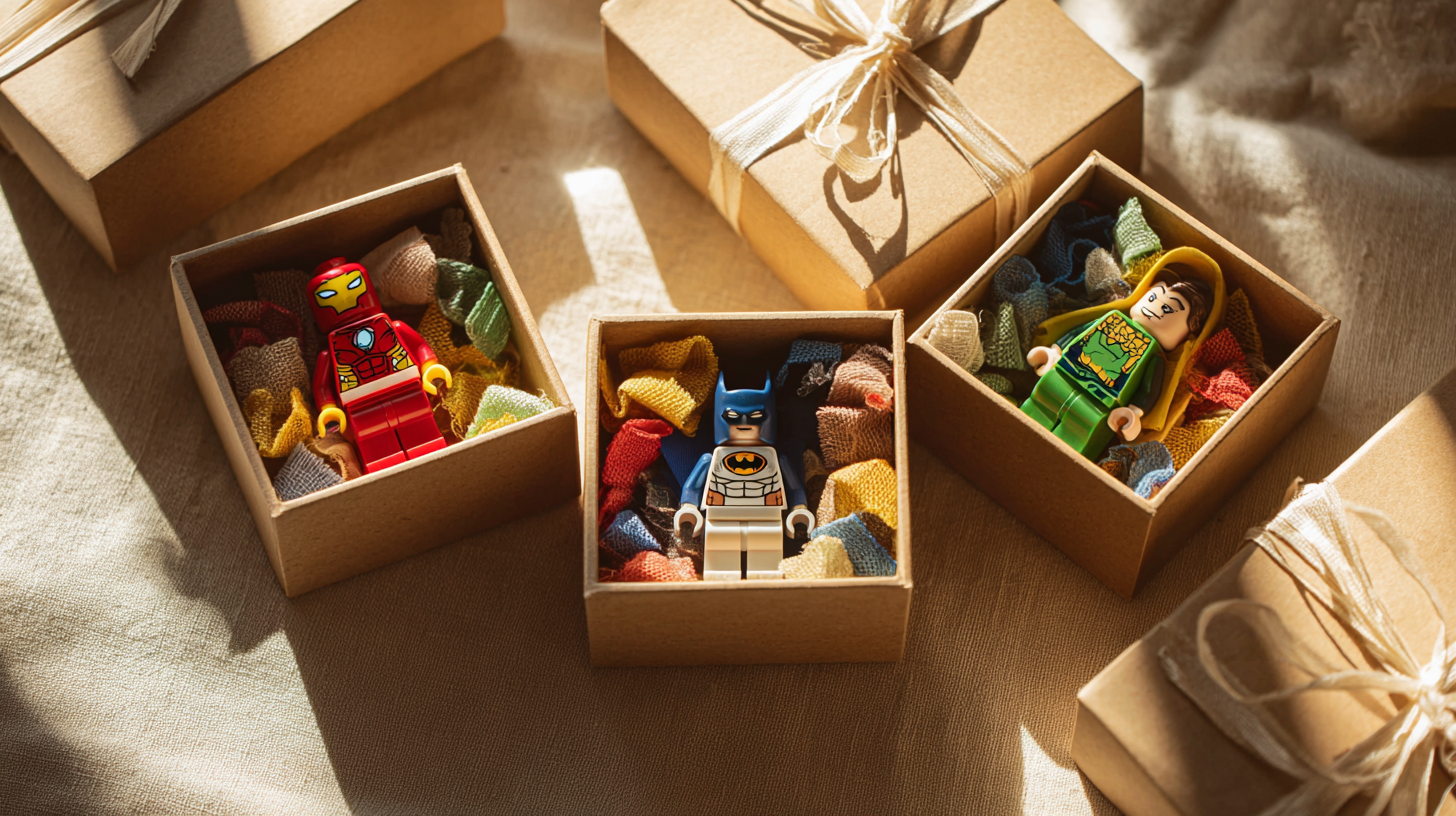
Introduction – stop guessing and start gifting Every December I promise myself I’ll avoid the last-minute gift dash. Then I stare at my list, blank.
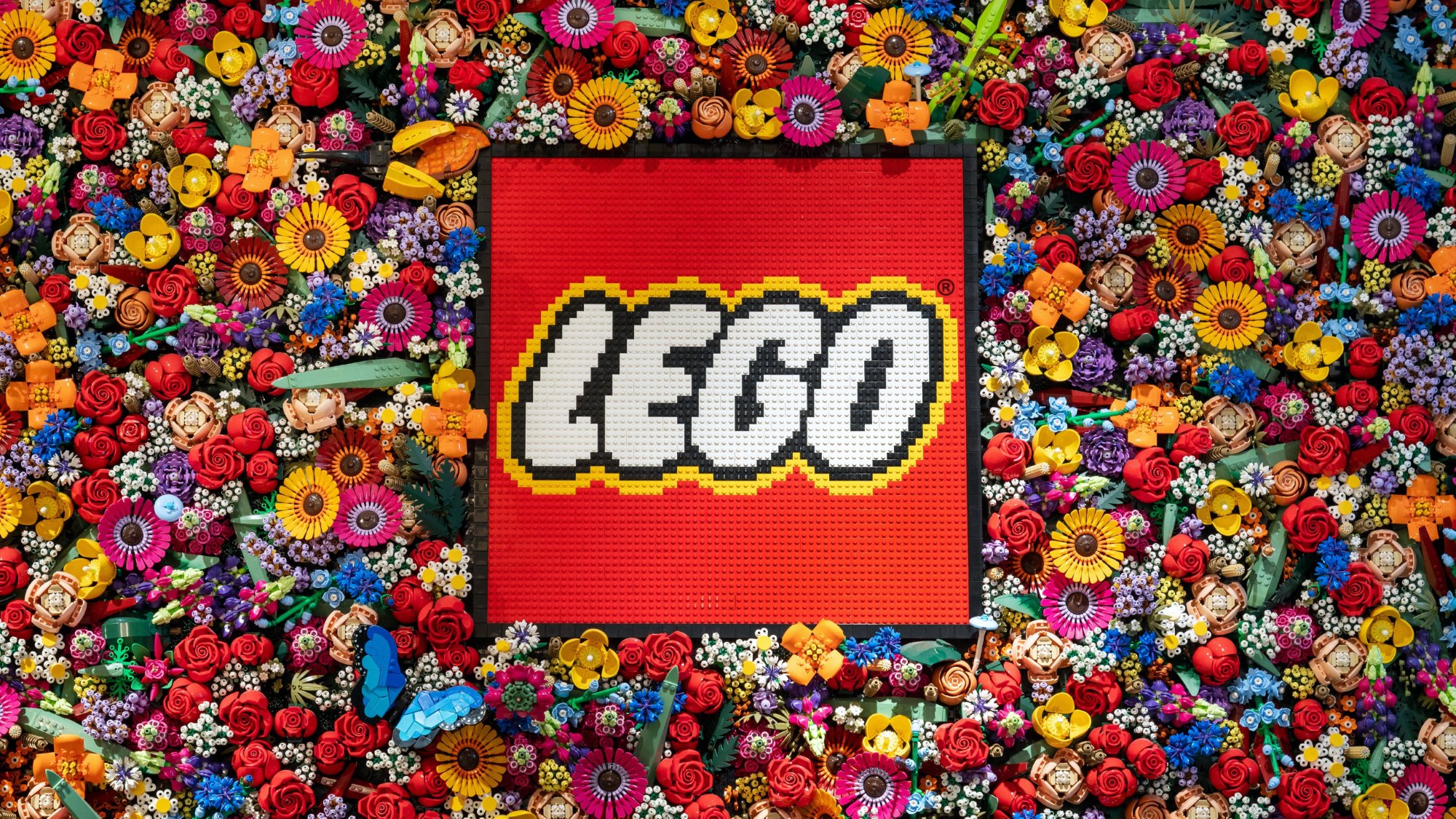
“Play is not frivolous. It is how we learn.” Those words from the late educator Seymour Papert echo through LEGO’s history. On 26 June 2025, TIME put that idea
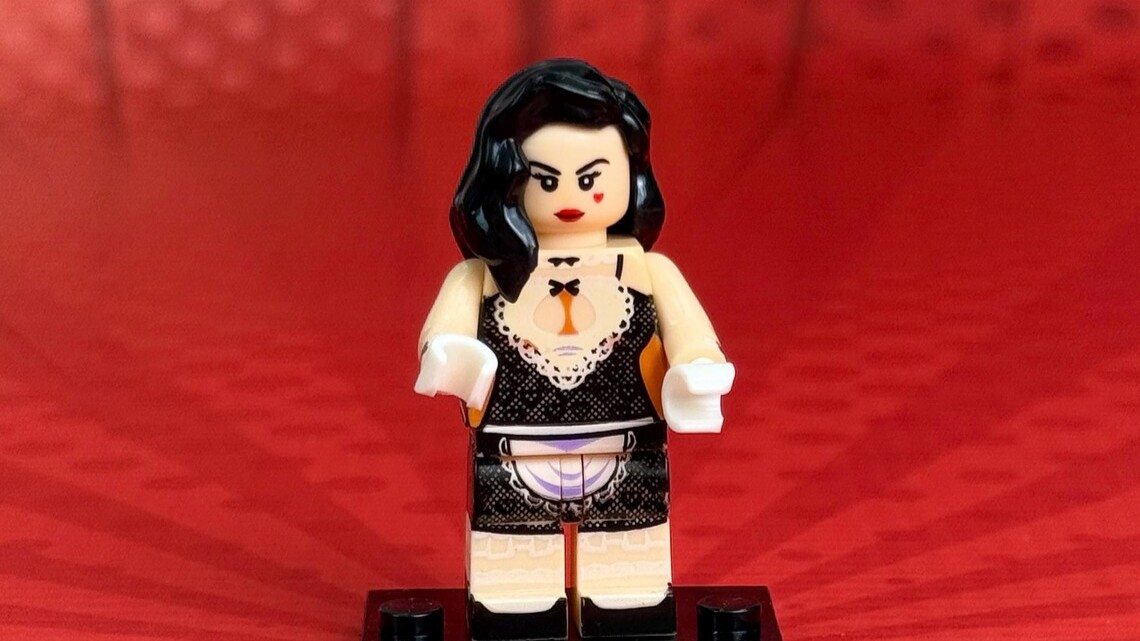
I remember the first time I came across a suspicious minifigure. It felt light in my hand, and the print on its torso looked slightly
© 2022 All rights reserved. LEGO® is a trademark of the LEGO Group of companies which does not sponsor, or endorse our products
Made with ❤ by Minifig.biz